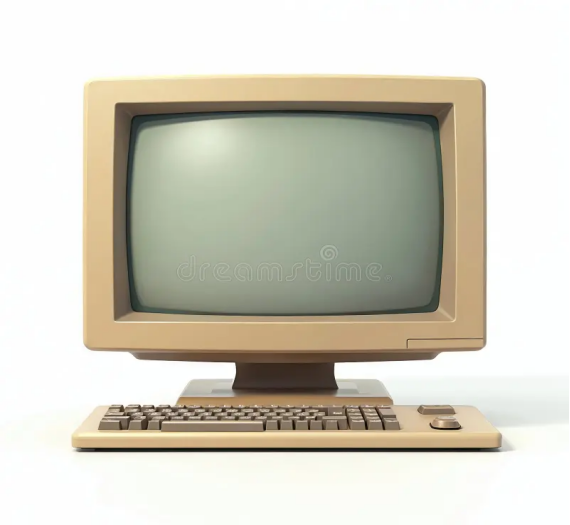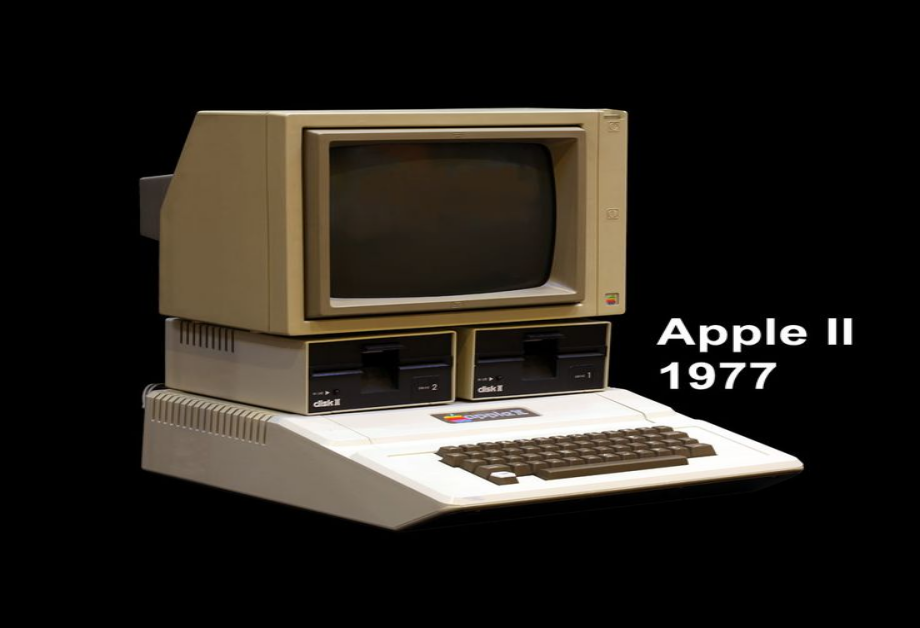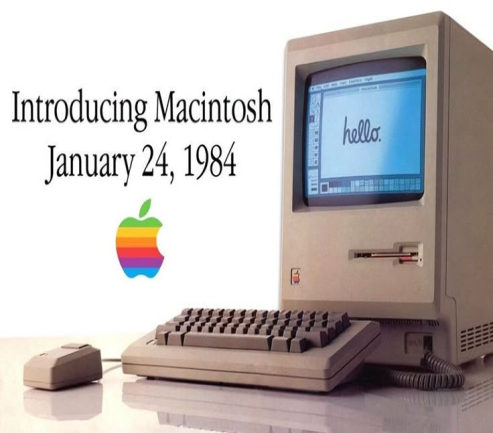HISTORICAL PERSPECTIVES OF NURSING AND THE COMPUTER
1/19
There's no tags or description
Looks like no tags are added yet.
Name | Mastery | Learn | Test | Matching | Spaced |
|---|
No study sessions yet.
20 Terms
1950S
Computers used in health care facilities for basic business office functions
Used as punch cards to store data and car readers to read computer programs, sort and prepare data for processing
Linked together and operated by a paper tape and used teletypewriters to print their output
Punch Paper and Paper Tape

1960S
Uses of computer technology in health care began to be questioned—why computers??, what should be computerized??
Studies conducted to determine how computer technology could be utilized effectively in the health care industry and what areas of nursing should be automated
Nurses’ station in the hospital was viewed as the hub of information exchange
Advancement of computer technology while number of health care facilities increased
Vendors of computer systems begin to enter the health care field and market software applications for various hospital functions
cathode ray tube (CRT) terminals
Introduction of ___________________, online data communication, real-time processing provide a more accessible and “user-friendly” machines
Hospital information systems (HIS)
developed primarily to process financial transactions and serve as billing and accounting system
integrated computer system to store, manipulate, and retrieve clinical, nonclinical, and administrative information in health care organization.
Cathode-Ray Tube (CRT) Terminals
looks like a television with a typewriter-like keyboard.
It allows the operator, to enter programs and data directly to the computer. At the same time, it displays the program or data on the display screen of the _____.
It can also receive information directly from the computer and display it on the screen.
Can add a printer, a modem, and adapters to the _________ to provide for printed output and communications through telephone lines.

1970s
Nurses began to recognize the value of the computer for their profession
Improving documentation of nursing practice, the quality of patient care and the repetitive aspects of managing patient care
Assisted in the design and development of nursing applications for the HISs and other environments where nurse functioned
Developed the computer-based management information systems (MISs) required for statistical information and also provided billing and other financial information required for reimbursement of patient services by Medicare, Medicard and other third-party payers.
Management Information System (MIS)
is an information system[1] used for decision-making, and for the coordination, control, analysis, and visualization of information in an organization.
1970s

1980s
Field of informatics emerged in the health care industry and nursing
Accepted specialty and many nursing experts entered the fields
Needs to update its practice standards, determine its data standards, vocabularies and classification schemes that could be coded for the computer-based patient record systems (CPRSs)
1980s
Microcomputer or personal computer (PC) emerged
This revolutionary technology made computers more accessible, affordable and usable by nurses and other health care providers
Brought computing to workplace and most importantly to the point-of-care
It also allows nurses to create their own applications

1990s
Computer technology became an integral part of health care settings, nursing practice and the nursing profession
Nursing profession became actively involved in promoting NI
Emerged the need for computer-based nursing practice standards, data standards, nursing minimum data sets and national databases concurrent with the need for a unified nursing language, including nomenclatures, vocabularies, taxonomies, and classification schemes
1992
NI was approved by the ANA as a new nursing specialty
1990s
Workstations and local area networks (LANs) were developed for hospital nursing units,
Wide area networks (WANs) were developed for linking care across health care facilities, and
The Internet started to be used for linking across the different systems
post 2000s
Hardware and software development and growth
Reflected in healthcare and nursing – wireless point-of-care, serious consideration for open source solutions, regional database projects and increased IT solutions targeted at all healthcare environments
CIS became individualized in the electronic patient record (EPR) and patient specific systems considered for the lifelong longitudinal record or the electronic health record (EHR)
Health “smart card”
personal digital assistants (PDAs)
Continued to advance –wireless tablet computers, _________________and smart cellular telephones (smartphones)
voice over Internet protocol (VoIP)
Development of__________________________provided a cheap voice communication for health-care organizations
Health Insurance Portability and Accountability Act of 1996
_____________(HIPAA) was enacted to streamline health care transaction and reduce costs
what are the major areas of nursing formatics
nursing practice
nursing administration
nursing education
nursing research
Nursing Research
Use computer for analysing nursing data
Software programs are available
Online searching and retrieving information from electronic bibliography literature systems or other databases that contain relevant health care content such as drug data